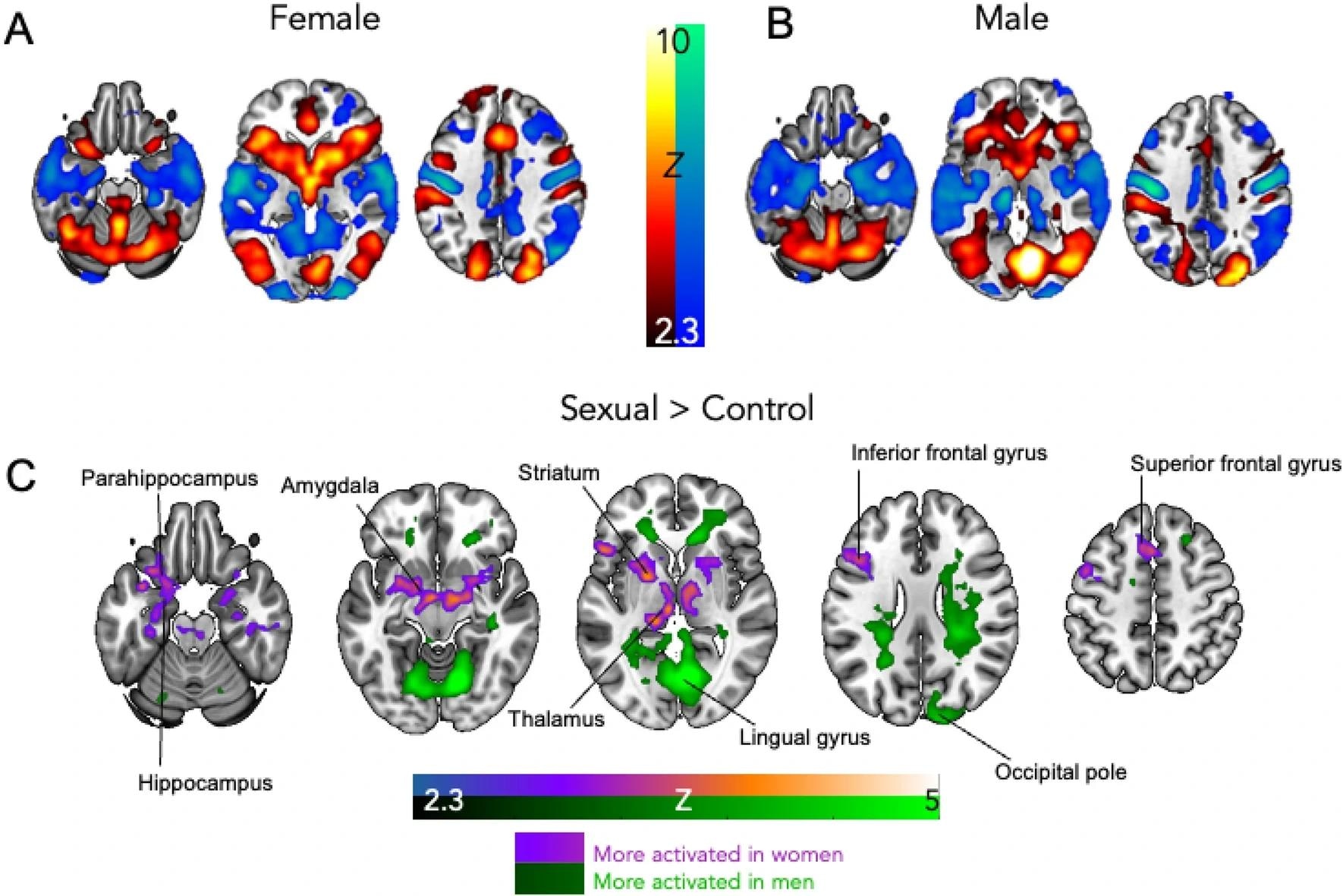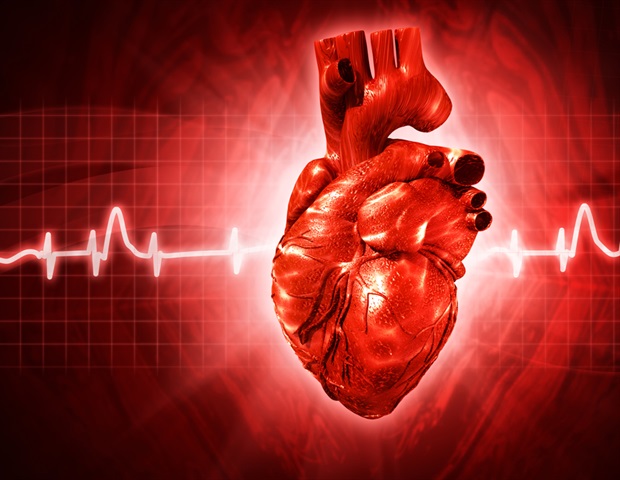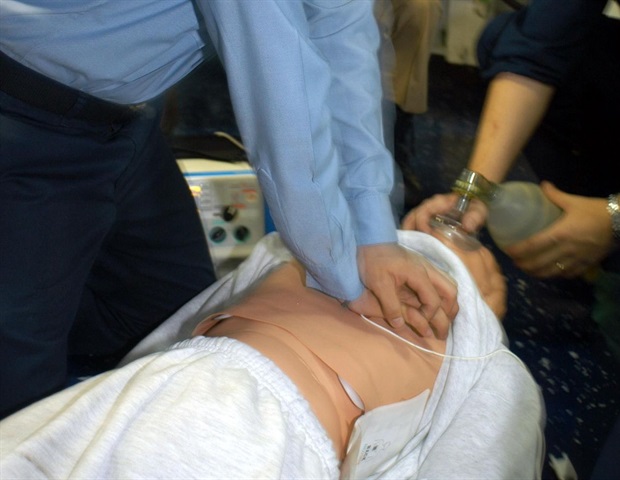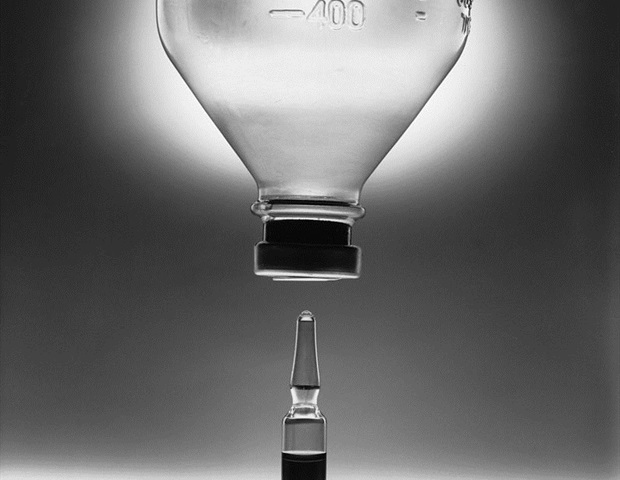In a recent study published in the journal Scientific Reports, researchers investigated the neurofunctional determinants of Hypoactive Sexual Desire Disorder (HDSS) in women and men. Colloquially termed ‘distressing low sexual desire,’ the condition has been hitherto studied in women but never before explored in men. In the present study, researchers used functional magnetic resonance imagining (fMRI) in tandem with psychometric questionnaires to evaluate male and female neurofunctional responses to sexual versus non-sexual video presentations.
This study found that women with distressingly low sexual desire follow the ‘top-down’ theory of HDSS wherein hyperactivity in higher-level cognitive brain regions suppresses lower-level sexual brain areas. In contrast, men were not observed to subscribe to this neurofunctional pattern, highlighting sexual dimorphism in the way male and female brains process sexual stimuli. While unable to elucidate the cognitive mechanisms underpinning HDSS in men, this study highlights the need for additional male HDSS research and suggests that clinically low sexual desire interventions used in women may not produce the desired outcomes in their male counterparts.
 Women with HSDD have greater limbic activation to sexual videos than men. (A) The female and (B) male HSDD group average results showing the brains activation (red/yellow) and deactivation (blue green) to sexual compared to control (exercise) videos. (C) Brain regions more activated in women (relative to men) to sexual compared to control videos are shown in purple. Brain regions more activated in men (relative to women) to sexual compared to control videos are shown in green. Results are cluster corrected and thresholded to Z = 2.3, P < 0.05, N = 64 (32 women, 32 men). Study: Women with HSDD have greater limbic activation to sexual videos than men. (A) The female and (B) male HSDD group average results showing the brains activation (red/yellow) and deactivation (blue green) to sexual compared to control (exercise) videos. (C) Brain regions more activated in women (relative to men) to sexual compared to control videos are shown in purple. Brain regions more activated in men (relative to women) to sexual compared to control videos are shown in green. Results are cluster corrected and thresholded to Z = 2.3, P < 0.05, N = 64 (32 women, 32 men). Study: Women and men with distressing low sexual desire exhibit sexually dimorphic brain processing
Women with HSDD have greater limbic activation to sexual videos than men. (A) The female and (B) male HSDD group average results showing the brains activation (red/yellow) and deactivation (blue green) to sexual compared to control (exercise) videos. (C) Brain regions more activated in women (relative to men) to sexual compared to control videos are shown in purple. Brain regions more activated in men (relative to women) to sexual compared to control videos are shown in green. Results are cluster corrected and thresholded to Z = 2.3, P < 0.05, N = 64 (32 women, 32 men). Study: Women with HSDD have greater limbic activation to sexual videos than men. (A) The female and (B) male HSDD group average results showing the brains activation (red/yellow) and deactivation (blue green) to sexual compared to control (exercise) videos. (C) Brain regions more activated in women (relative to men) to sexual compared to control videos are shown in purple. Brain regions more activated in men (relative to women) to sexual compared to control videos are shown in green. Results are cluster corrected and thresholded to Z = 2.3, P < 0.05, N = 64 (32 women, 32 men). Study: Women and men with distressing low sexual desire exhibit sexually dimorphic brain processing
What is HDSS, and what do we know about the condition?
The Diagnostic and Statistical Manual of Mental Disorders, Fourth Edition, Revised (DSM-IV-TR) defines Hypoactive Sexual Desire Disorder (HSDD) as “persistent sexual fantasies and desire for sexual activity that cause marked distress or interpersonal difficulty.” Colloquially termed ‘distressingly low sexual desire,’ ‘hyposexuality,’ or ‘inhibited sexual desire,’ HDSS is a sexual dysfunction whose symptoms include a significant lack of sexual fantasies and arousal even in sexually active men and women. Given the substantial social and interpersonal angst caused by HDSS, the condition is often found co-associated with depression and similar emotional disorders.
First identified in 1980 (DSM-III) and formally defined in 1987 (DSM-III-R), HDSS is a clinically distinct disorder from conditions such as asexuality and erectile dysfunction, with its causes hypothesized to include a history of sexual abuse, altered sex hormone levels, or other diseases such as cancers, diabetes, and multiple sclerosis. Despite its relatively recent description, HDSS is one of the most prevalent sexual disorders in the world today, estimated to affect 10% of all women and 8% of all men. Alarmingly, given the social stigmata associated with the condition, these numbers are assumed to be severe underestimations, highlighting the need for interventions against the quality of life (QoL) impacts of the neurofunctional disease.
Unfortunately, despite limited research on HDSS having hitherto been conducted, available scientific literature on the topic is almost exclusively directed towards women, with only one previous study on men, albeit using debatable methodologies. This disparity in research is reflected in treatment options, with two medically licensed interventions available for American women but none for American men. Notably, a vast majority of male HDSS incidents are misdiagnosed as erectile dysfunction, exacerbating the distress and mental health impacts of the condition.
About the study
In the present study, researchers aim to use functional magnetic resonance imaging (fMRI) in tandem with multiple psychometric questionnaires to evaluate the neurofunctional responses of men and women with HDSS to sexual versus non-sexual stimuli (herein, video presentations – visual sexual stimuli). The study cohort was comprised of men and women with clinically confirmed HDSS (ICD-11) recruited through adverts across London (print and online media). Participant screening consisted of a telephone conversation followed by an in-person medical evaluation (blood and questionnaire-based) to distinguish between acquired and generalized HDSS. To avoid confounds from preexisting clinical conditions, individuals with a history of psychiatric illness or those on current medication were excluded from the study.
“…participants were required to be in a stable, communicative, and monogamous relationship for > 6 months. Participants were excluded if they had a history of unresolved sexual trauma, abuse or aggression, use of medications (prescribed or over the counter) or herbal preparations to enhance sexual desire, arousal or performance, or had contraindication to MRI scanning.”
The experimental intervention involved the presentation of 20-second-long silent sexual videos (cases) alternating with neutral non-sexual exercise videos (controls) over a 12-minute standard validated (using the Likert scale) block design. Participants were required to complete a Sexual Desire and Arousal Inventory (SADI) questionnaire immediately before and after the experimental intervention, wherein 54 descriptors across ‘evaluative,’ ‘negative,’ ‘physiological,’ and ‘motivational’ domains were measured. During the experimental intervention, participants were subjected to a simultaneous fMRI and pulse-oximeter evaluation.
Data processing involved the correlations between questionnaire results and fMRI excitation images, overlaps between male and female activation patterns (via Dice Coefficients) across sexual versus non-sexual visual stimuli, and analysis of brain Regions of Interest (ROIs), especially those corresponding to the neural sex network (amygdala, hypothalamus, insula, pre-central gyrus, striatum, and thalamus).
Study findings and conclusions
Following the screening process, the study sample group comprised 32 men and 32 women with clinically confirmed HDSS. While the men were, on average, nine years older than their female counterparts, Dice Coefficient results suggest that age did not bias study findings. Additionally, 20 ‘healthy’ men and women were recruited to validate the differences between the sexual and non-sexual stimuli and to establish baselines for neural activation stimuli response patterns.
“The findings are somewhat consistent with previous research in individuals with normal sexual desire, suggesting that women and men exhibit similar general overall patterns of activation to visual sexual stimuli. However, notable differences were observed in the activation of limbic brain regions in women and men with HSDD, particularly the hypothalamus, amygdala, and thalamus, which are key structures associated with emotional processing and sexual motivation.”
The present study highlights that the neural sex network in women with HDSS shows activation during the presentation of sexual stimuli; however, these ‘low-level’ neurofunctional centers (limbic regions) are masked by the simultaneous activation of higher-level cortical regions, supporting the “top-down” inhibition hypothesis proposed by Cacioppo. In contrast, men with HDSS failed to display activation of the neural sex network, suggesting that visual sexual cues are not effectively relayed to sexual response-associated emotional centers. This study is the first scientific work to elucidate the sexual dimorphism between male and female neurofunctional HDSS. It highlights the need for additional research, especially in men, before effective therapeutic interventions against the condition can be formulated.
Journal reference:
- Ertl, N., Mills, E.G., Wall, M.B. et al. Women and men with distressing low sexual desire exhibit sexually dimorphic brain processing. Sci Rep 14, 11051 (2024), DOI – 10.1038/s41598-024-61190-4, https://www.nature.com/articles/s41598-024-61190-4






%2c_3D_illustration._A_virus_transmitted_by_mosquito_and_caus_-_Kateryna_Kon_M1_cd7c644c9e204869b1de65dd2f361793-620x480.jpg)